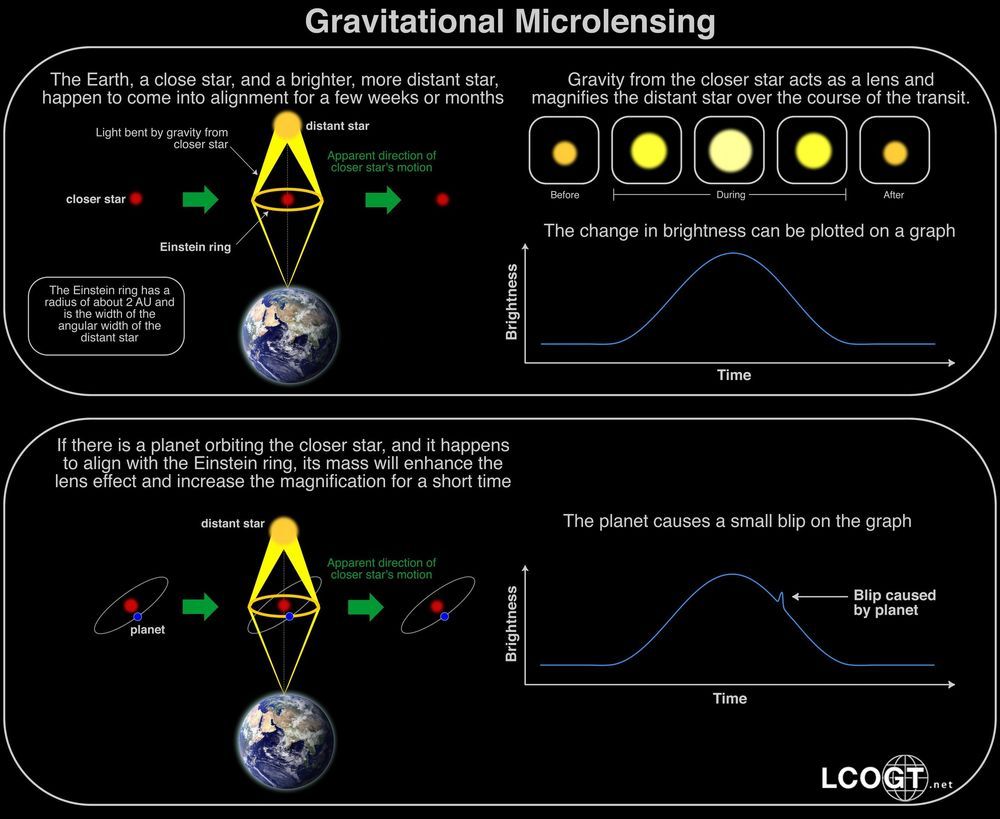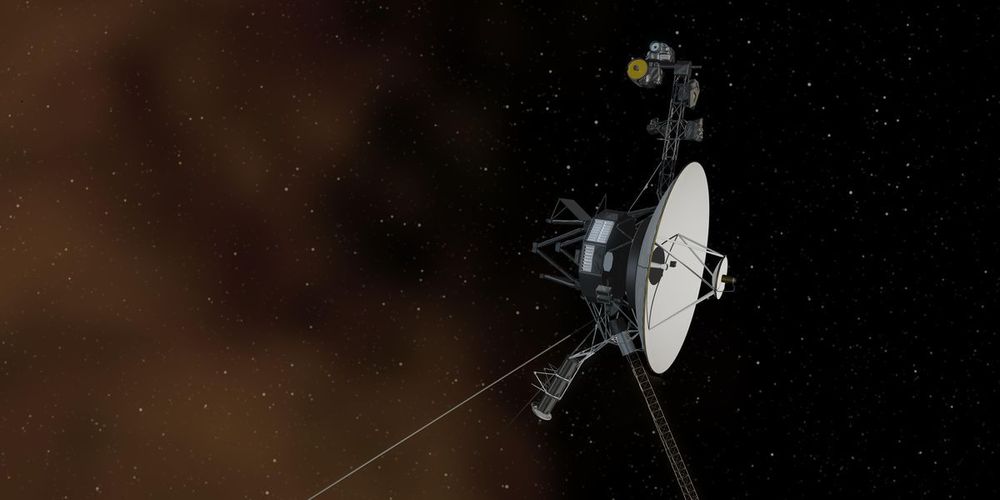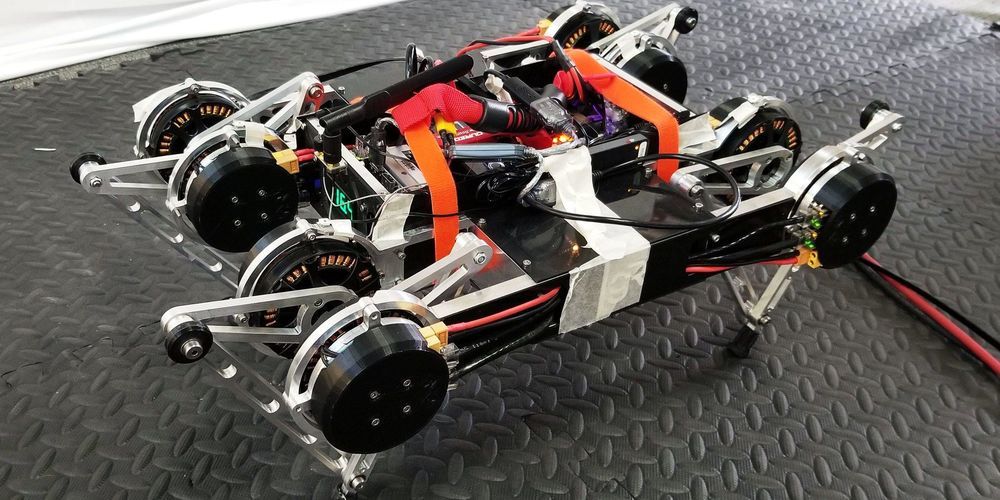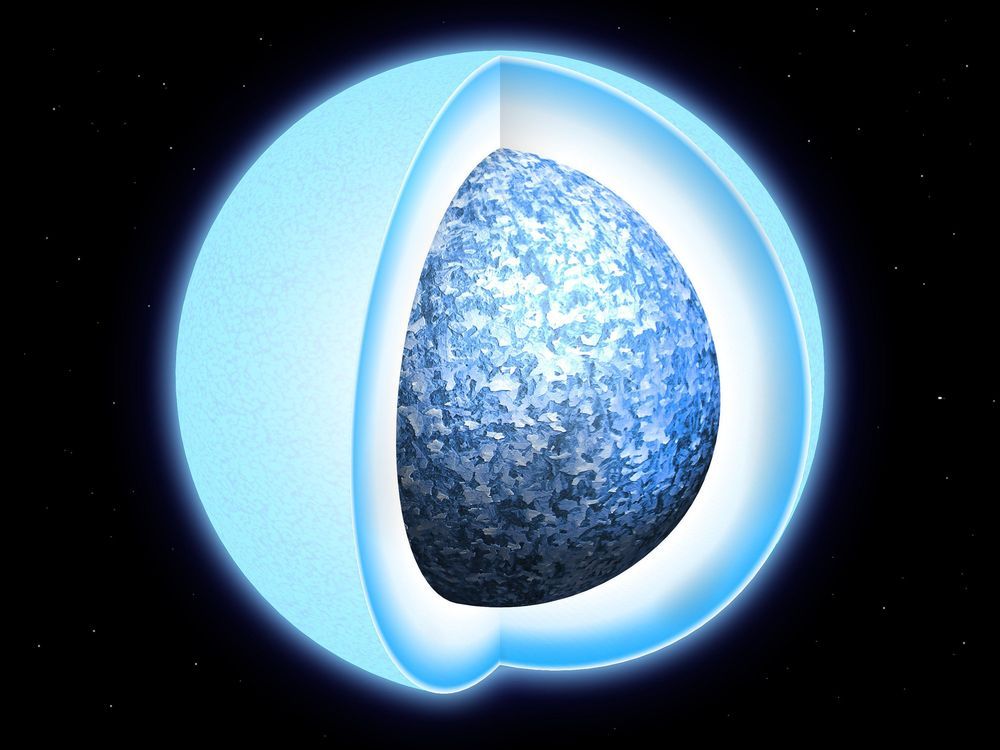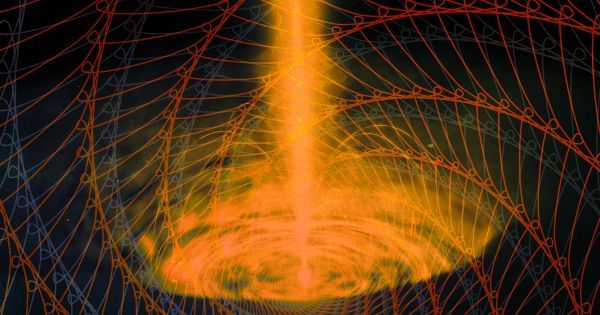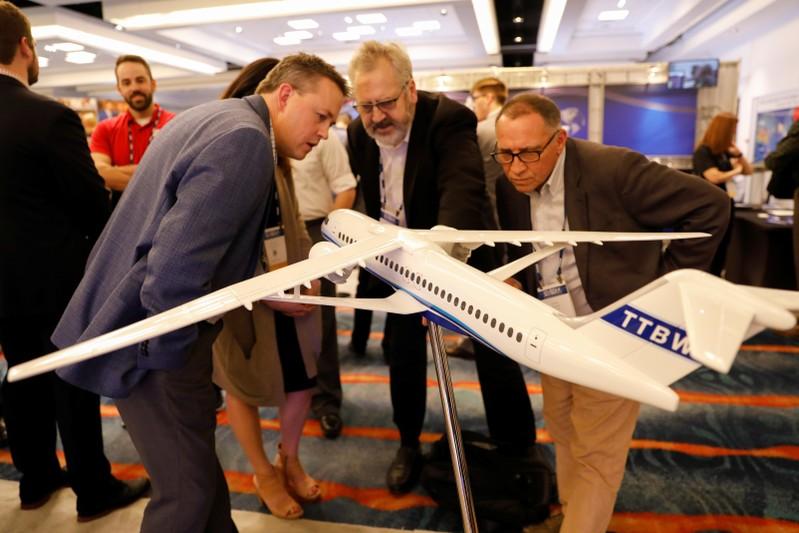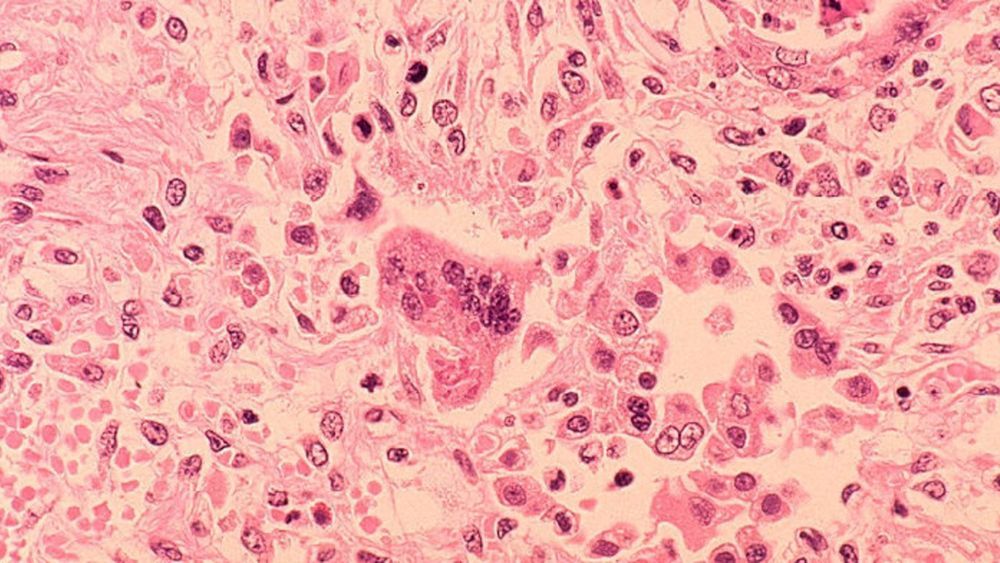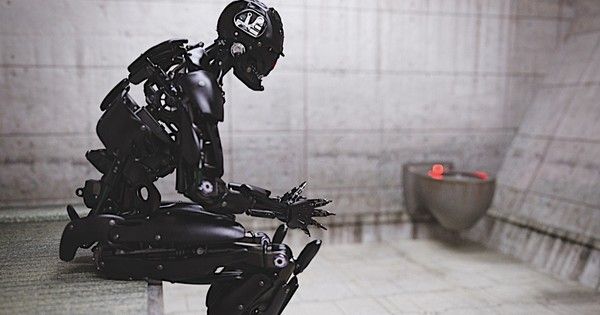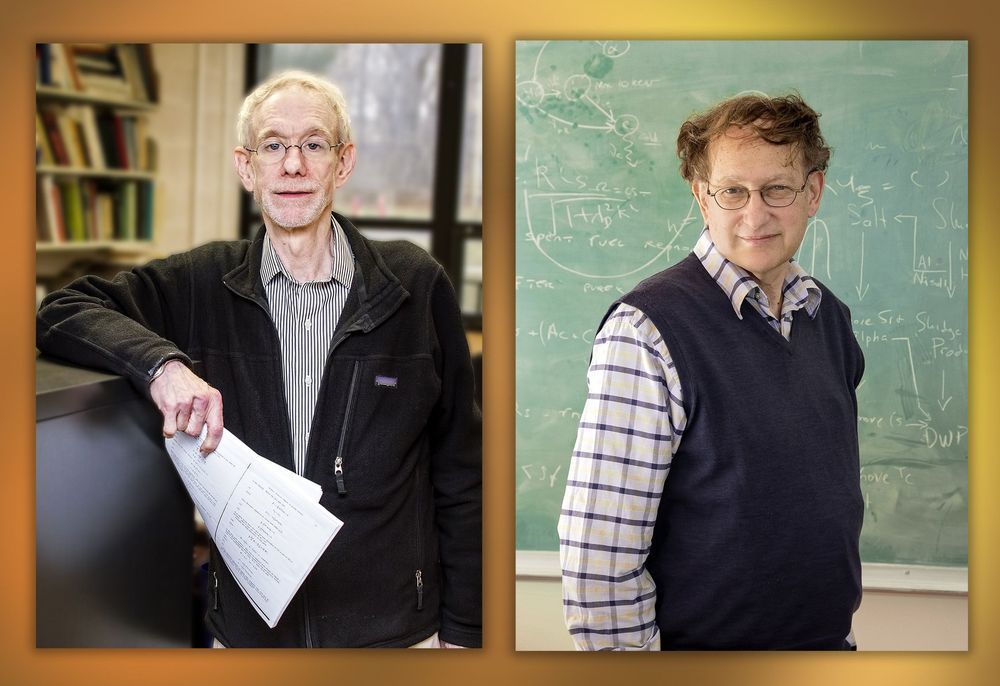Page 9165
Jan 9, 2019
Scientists Find a New Way to Create the Plutonium That Powers Deep Space Missions
Posted by Genevieve Klien in category: space
Jan 9, 2019
The Clever Clumsiness of a Robot Teaching Itself to Walk
Posted by Genevieve Klien in category: robotics/AI
Researchers make robots teach themselves how to walk through trial and error, like babies, to navigate the real world.
Jan 9, 2019
Astronomers discover first direct evidence of white dwarf stars solidifying into crystals
Posted by Michael Lance in category: space
The first direct evidence of white dwarf stars solidifying into crystals has been discovered by astronomers at the University of Warwick, and our skies are filled with them.
Observations have revealed that dead remnants of stars like our Sun, called white dwarfs, have a core of solid oxygen and carbon due to a phase transition during their lifecycle similar to water turning into ice but at much higher temperatures. This could make them potentially billions of years older than previously thought.
The discovery, led by Dr. Pier-Emmanuel Tremblay from the University of Warwick’s Department of Physics, has been published in Nature and is largely based on observations taken with the European Space Agency’s Gaia satellite.
Jan 9, 2019
Physicist: Black Holes Could be Portals for Hyperspace Travel
Posted by Michael Lance in categories: cosmology, space travel
Research says that giant, rotating black holes would give interstellar travelers a smooth ride.
Let us know if you try!
Jan 9, 2019
Boeing unveils refreshed jet concept with ultra-thin wings
Posted by Genevieve Klien in categories: energy, space, transportation
SAN DIEGO (Reuters) — Boeing Co unveiled a speedier and higher-flying version of a concept plane on Tuesday aimed at sharply reducing fuel use thanks to its elongated ultra-light wings.
The so-called Transonic Truss-Braced Wing aircraft boasts a 170-foot (52 meter) wingspan that sits atop the fuselage and is braced from underneath by a truss in a design reminiscent of biplanes from the early years of aviation.
The world’s largest planemaker and U.S. space agency NASA have been studying the concept plane for nearly a decade as part of the Subsonic Ultra Green Aircraft Research program. Boeing unveiled a reconfigured model or prototype and artist’s rendering at an aerospace conference in San Diego.
Jan 9, 2019
Los Angeles Gets America’s First Earthquake Warning App
Posted by Genevieve Klien in category: futurism
ShakeAlertLA gives city residents a few seconds’ warning when an earthquake hits. It’s the first publicly available app to do so in the US.
Jan 9, 2019
New York Is Dealing With an Old Enemy—Measles
Posted by Genevieve Klien in categories: biotech/medical, health, neuroscience
New York is in the midst of an outbreak of measles, a childhood disease that shouldn’t really exist in the U.S. any longer. On Tuesday, NBC News reported, New York health officials said the state has seen more than 100 cases of the vaccine-preventable disease since last September—a tally not seen in decades. The majority of these cases have happened among the unvaccinated.
Measles is a highly infectious disease that can be spread with a simple cough or sneeze. Its flu-like symptoms are usually followed by a distinctive, splotchy red rash that runs down from head to feet. And though most people recover without incident after a week’s time, measles can rarely cause more serious complications like hearing loss, permanent brain damage, and even death. These risks are more likely in the very young; measles can also cause birth problems in children whose mothers contract it while pregnant.
Jan 9, 2019
If an AI became sentient, would it gain human (or equivalent) rights?
Posted by Genevieve Klien in category: robotics/AI
I find this subject very fascinating.
AI can fake their emotions but whether they can feel those emotions is another matter.
Jan 9, 2019
Scientists discover a process that stabilizes fusion plasmas
Posted by Genevieve Klien in category: futurism
Scientists seeking to bring the fusion reaction that powers the sun and stars to Earth must keep the superhot plasma free from disruptions. Now researchers at the U.S. Department of Energy’s (DOE) Princeton Plasma Physics Laboratory (PPPL) have discovered a process that can help to control the disruptions thought to be most dangerous.
